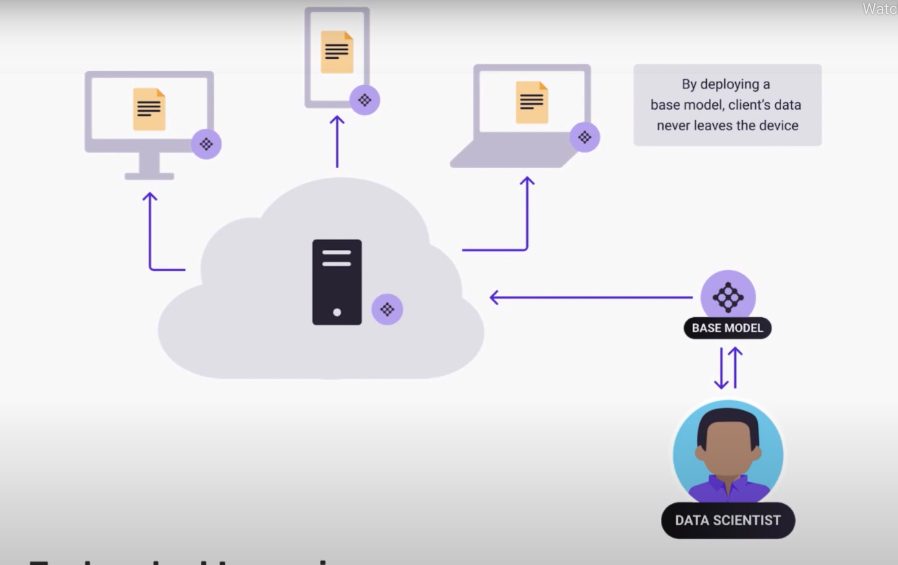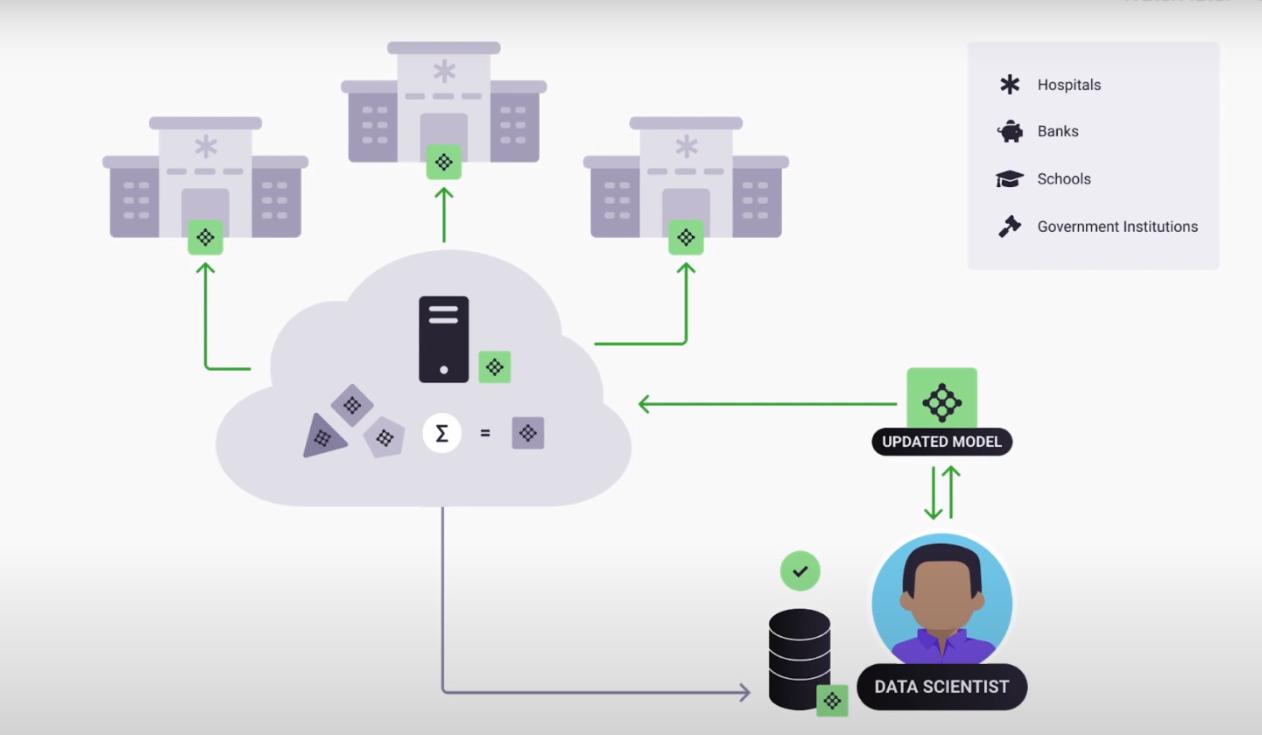Foundations of Private computation - Federated Learning
Openmined released their second course on Foundations of Private computation on March 16, 2021. I started this course as a way to get my hands dirty with Federated learning which is the first concept that is part of the 60 hour course.
This post will contain the notes that I have taken in this course along with the simple code examples and exercises done as a part of the course.
Motivation for Federated Learning (FL)
Data is the omnipresent in today’s world from smart cars, homes, devices to hospitals, banks and huge institutions. In the world of social media our data is the digital footprint which shows the history. Such data is sensitive and private and when sensitive and private data is at the hand on one entity it can be mishandled. Hence the need for keeping the data decentralised and using methods that learn from decentralised data preserving privacy.
Limitations of Standard Machine learning workflows:
- Centralised data
- Compromised privacy
- Scarcity of sensitive data to train machine learning models
- Computationally expensive to train everything on one node.
Federated learning
Definition:
Federated learning is a setup for training Machine learning models on data without the data owner having to share, transfer or expose their data with developer and service provider.
Types
There are mainly two types of federated learning
- Cross Device
- Cross Silo
Cross Device Federated learning In this type there are a lot of client devices that have sensitive data and one centralised server. The centralised server coordinates with the machines to train a machine learning model.

Cross Silo Federated learning In this type the clients are huge institutions such as hospitals, banks etc which contain huge datasets of private and sensitive information. The data owners of this type prefer that the data to not leave the premise of the institution.

How does federated learning work
 .
.
- As a first step the Data scientist has a baseline model which is sent to all clients. The baseline model is not trained on any data.
- In the second step the model is trained on client devices which are smaller devices in case of Cross device learning and Larger institutions in case of Cross Silo learning.
- Then the model weights from each of these clients are sent back to the server via secure encrypted communication
- There is a secure aggregator in the server which combines the individual results from the models and combines them to give one final model
- The data scientist then takes the combined model and runs inference on the local test data to check the model. If satisfied with the training of the model he then deploys it.
Code example
A working code example for a simple medical example with Medical MNIST can be found here